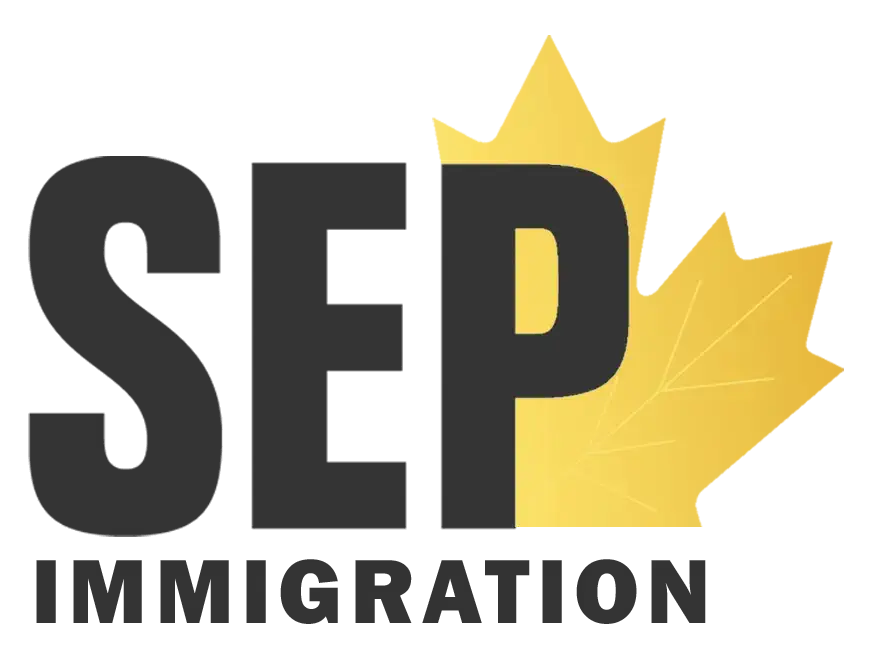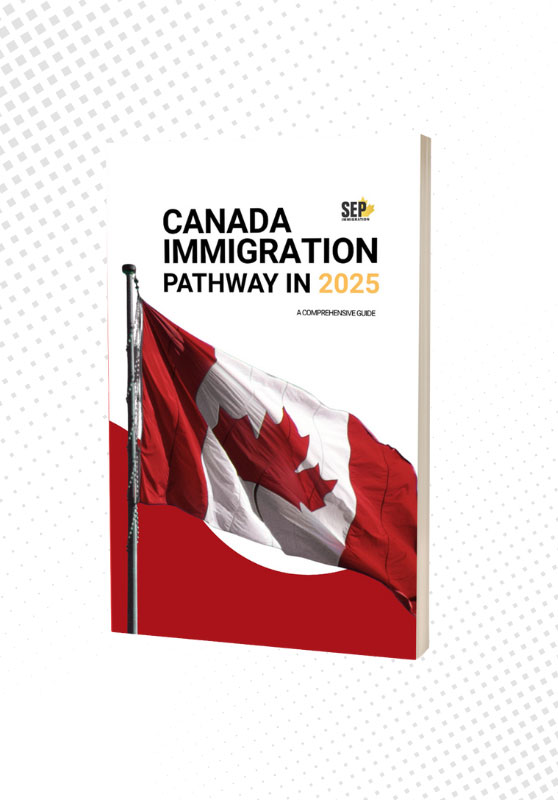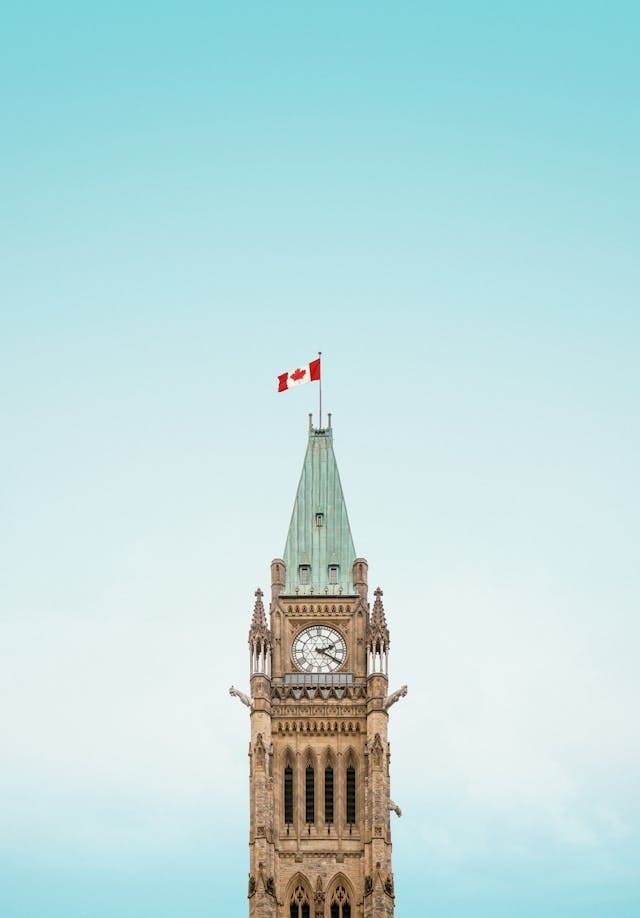
For the next 3 years, the Federal Department of Immigration, Refugees and Citizenship of Canada aims to boost the country’s economy, manage temporary residents who are already in Canada, and provide better pathways to meet workforce shortages in critical areas such as healthcare.There will be a decrease in the total number of newcomers as permanent residents compared to previous years.
According to Canada’s new immigration plan levels, the number of newcomers in 2025 will decrease to 395,000, followed by further decreases in 2026 and 2027.Canada will focus on a steady growth in the population and optimizing pathways for people already in Canada.
Temporary residents who prove helpful will be able to apply for their permanent residence during the following years.Also, there will be a special focus on the economy and economic immigrants will include about 62% of the total number of immigrants by 2027.
Table of Contents
ToggleNew Canada Immigration Levels Plan 2025-2027
The Federal Department of Immigration, Refugees and Citizenship Canada (IRCC) releases a new immigration levels plan each year.
Canada’s government still plans to address its workforce shortage by welcoming newcomers. However, Canada will see a reduction in the number of permanent resident immigration levels from 2026.
Canada plans for 380,000 permanent resident immigrants in 2026 and plans for a further decrease in 2027. The immigrants are planned to be from different groups including economic, families, refugees, etc.
Also, they focus on accepting immigrants who can help Canada’s economy. So, the focus will be on immigrants from economic immigration programs to fill the gaps in essential areas such as healthcare, etc.
Here is an overview of the total number of permanent resident immigrants Canada plans to accept for 2025 and 2026:
| Immigration Class | 2025 | 2026 | 2027 |
| Economic | 232,150 | 229,750 | 225,350 |
| Family | 94,500 | 88,000 | 81,000 |
| Refugees, Protected Persons, Humanitarian, Compassionate and Other | 68,350 | 62,250 | 58,650 |
| French-speaking admissions outside of Quebec | 29,325 | 31,350 | 31,350 |
| Total | 395,000 | 380,000 | 365,000 |
In the new plan, Canada will especially focus on people who already live in Canada as temporary residents. This can include international students, temporary workers, etc. Canada is planning on their transition from a temporary to a permanent resident.
Temporary residents who have succeeded in integrating into society and finding a job are more likely to get their permanent residence.
Moreover, the Canadian government is focusing on promoting diversity and protecting the French language and culture. So, there will be an increase in the total number of French-speaking people across the country outside Quebec.
In addition, there will still be a chance to enter Canada with a temporary permit just like the past years. This will be through a study or work permit.
Temporary resident levels will be as follows:
| Temporary Resident Program | 2025 | 2026 | 2027 |
| Overall Levels | 673,650 | 516,600 | 543,600 |
| Workers (Total) | 367,750 | 210,700 | 237,700 |
| International Mobility Program (IMP) | 285,750 | 128,700 | 155,700 |
| Temporary Foreign Worker Program (TFWP) | 82,000 | 82,000 | 82,000 |
| Students | 305,900 | 305,900 | 305,900 |
Send us an Email
Canada’s New Strategy to Improve Immigration System
Canada is focusing on enhancing their immigration system. The enhancements will target different aspects:
Targeting the labor market more precisely: There will be a focus on more demanding fields to address the country’s needs for the workforce. The most demanding fields would be healthcare and skilled trades. Canada will prioritize immigrants with unique skills to fill the workforce gap.
Enhancing pathways for temporary residents: The government will help international students in Canada and temporary workers to get their permanent residence faster.
People already in Canada have a chance to get their PR if they have succeeded in integrating into the Canadian community through learning the language and finding a job.
Supporting French-speaking and regional community : Canada is prioritizing cultural diversity and focusing on enriching the French-speaking community. This will be done by accepting French-speaking immigrants in provinces other than Quebec.
Also, Canada will accept immigrants to areas with smaller communities like the northern part of the country. This will both address labor market needs and population sustainability in specific regions of the country.
Social and economic infrastructure: The government is going to enhance its structures to ensure that newcomers have sufficient access to affordable housing and healthcare services.
The federal government is collaborating with provincial and territorial governments to enhance the economic and social infrastructures.
Also, the government is focusing on accepting skilled immigrants, especially in healthcare and construction to ensure a sufficient workforce for enhancing infrastructures.
Refugees and protected persons: Canada will still support refugees and their dependents.
Humanitarian and crisis response: The Canadian government will be ready to respond to global crises. The federal government will support people who have been dislocated by emergencies such as war, natural disasters, etc.

Summary of Canada’s Immigration Levels Plan
Canada’s immigration levels plan for permanent residence for the next years is as follows:
- Transition of temporary into permanent residents: Canada will focus on settling immigrants who are already inside Canada. More than 40% of permanent residence admissions will be from people who are already in the country as temporary residents.
Research has proved that immigrants with work experience in Canada will do better in the long term. So temporary residents who have succeeded in integrating into society have a higher chance.
- Focus on economic immigration: The Canadian government plans to enhance the infrastructure and ensure access to affordable housing and health services for all Canadian residents including the newcomers.
To approach this goal, they are focusing on economic immigration, which will be 62% of total permanent admissions by 2027.
- Reunite families: Canada will continue to reunite families such as spouses, children, parents, and grandparents. This will account for 24% of all permanent immigration cases by 2025.
- Vulnerable people: As usual, Canada will allocate a part of the permanent residence program to human rights activists, LGBTQ+, and women children in precarious situations.
- French-speaking applicants: Canada will focus on strengthening French culture in various provinces by accepting applicants who speak French.
Canada has announced their program to decrease the number of temporary residence admissions by 5% over the next 3 years.
Canada will still allocate temporary residence admission to students and workers. However, there will be a significant decrease in the total number by transitioning from temporary to permanent residence.
Canada’s Immigration Levels Plan 2024-2026
Canada will accept permanent residence applications in various categories over the next three years. The categories are as follows:
| Immigrant Category | 2025 | 2026 | 2027 | |
| Target | Target | Target | ||
| Overall Planned Permanent Resident Admissions | 395,000 | 380,000 | 365,000 | |
| Economic | Federal Economic Priorities | 41,700 | 47,400 | 47,800 |
| In-Canada Focus | 82,980 | 75,830 | 70,930 | |
| Federal Business | 2,000 | 1,000 | 1,000 | |
| Economic Pilots: Caregivers; Agri-Food; Economic Mobility Pathways | 10,920 | 9,920 | 9,920 | |
| Atlantic Immigration Program | 5,000 | 5,000 | 5,000 | |
| Provincial Nominee Program | 55,000 | 55,000 | 55,000 | |
| Quebec Skilled Workers and Business | 34,500 | To be determined | To be determined | |
| Regularization Public Policy | 50 | 100 | 200 | |
| Total Economic | 232,150 | 229,750 | 225,350 | |
| Family | Spouses, Partners, and Children | 70,000 | 66,500 | 61,000 |
| Parents and Grandparents | 24,500 | 21,500 | 20,000 | |
| Total Family | 94,500 | 88,000 | 81,000 | |
| Refugees and Protected Persons | Protected Persons in Canada and Dependents Abroad | 20,000 | 18,000 | 18,000 |
| Resettled Refugees – Government-Assisted | 15,250 | 15,250 | 15,250 | |
| Resettled Refugees – Privately Sponsored | 23,000 | 22,000 | 21,000 | |
| Resettled Refugees – Blended Visa Office-Referred | 100 | 100 | 100 | |
| Total Refugees and Protected Persons | 58,350 | 55,350 | 54,350 | |
| Humanitarian and Other | Total Humanitarian & Compassionate and Other | 10,000 | 6,900 | 4,300 |
| Francophone Permanent Resident Immigration outside of Quebec | 29,325 | 31,350 | 31,500 | |
Approximately 62% of Canada’s immigration levels plan will be allocated to economic immigration to help Canada’s economic growth. The major part of this will be through the federal express entry system programs including:
- The Federal Skilled Worker Program
- The Federal Skilled Trades Class
- The Canadian Experience Class
Also, Canada will accept applicants through other programs including:
- Provincial Nominee Program
- Atlantic Immigration Pilot Program
- Caregivers Program
- Federal Business (Start-Up Visa Program and Self-Employed Person)
- Quebec Skilled Worker Program and Quebec Business

Why Canada Needs Immigrants
Several factors play a role in the need for immigrants. Canada has an old population. For instance, there are more than 9 million baby boomers who will reach retirement by 2030. As a result, Canada will face a workforce shortage.
On the other hand, Canada has one of the lowest birth rates among other countries. This will result in a further shortage of workforce in the future.
The lack of workforce contributes to the low economic growth, which will place an additional burden on the government. Under this situation, the government is unable to raise taxes, which is crucial for providing public services such as housing, healthcare, etc.
Accordingly, Canada is accepting more than 200,000 immigrants annually since 1988 and is one of the most welcoming countries for immigrants.
Why choose us?
We have been helping many applicants become permanent residents for years and have a high success rate. Our clients from almost 20 different countries have experienced this with us and you can be the next successful. We know how to prepare documents and how to make your immigration process smooth and easy for you. Contact us HERE to start the process today!
If you are not a Canadian Permanent Resident yet and you are not sure what the best way for you to immigrate to Canada is, please fill out our assessment form HERE and we will get back to you with your possible options.





